In my childhood world of story-telling, no shades of grey were allowed. Where there should have been ambiguity, there was certainty, all judgement suspended as Sister Rosa―a redoubtable nun with a fondness for bible stories―instilled in me the need to understand the difference between right and wrong, good and evil. An apple a day keeps the doctor away, said my mother as she packed a rosy, red one into my school lunch box. But I knew that in the Garden of Eden an apple had a far more sinister purpose, as Eve discovered when she stained her lips with its juice.
That pesky serpent, how could she have listened to its slithery blandishments, I wondered. I heard the gates of Paradise clanging dolefully behind her and Adam, and, convinced that I was a direct descendant of this erstwhile pair, and thereby banned from eternal bliss, I took their banishment very much to heart. But it seemed so unfair to be forced into a new world order just because you had a fondness for apples and an unfortunate encounter with a serpent. My hand up in the air, I made this point but Sister Rosa, moving on to Cain and Abel, wasn’t listening. Brother killing brother and spilling blood in a fit of pique. Having been introduced to lust, disobedience and shame, I was about to become acquainted with jealousy, violence and murder.
Of course, I was told other stories. Enchanted islands and flying horses featured widely in such gentle books, but they lacked the hard bite and crime-laden tension of Sr Rosa’s bible stories where the Voice from Above rang out across deserts, boomed down from mountaintops, toppled temples, cities, towers. Bad things happened to those who refused to heed this voice. Like Jonah, ruminating on his fate in the belly of a whale. Or Lot’s wife turning into a pillar of salt for glancing backwards as she fled the licentious city of Sodom. In my opinion that was a sensible precaution as she was probably being pursued by murderers. My hand up again, this opinion was met by Sister Rosa’s steely gaze. Obedience to the Voice from Above was paramount, she said, as Abraham had realised when he prepared to sacrifice his first-born son as a burnt offering to the Lord.
Mystery dominated these story-telling sessions. Loaves and fishes multiplying, water turning into wine, waves parting, Lazarus walking. Hand in the air again, Sister Rosa, please explain? I was growing older and being told that something was ‘a divine mystery’ no longer sufficed.
I had also discovered that babies were not the property of storks with baskets. This awareness turned my attention back to Adam and Eve. How had they managed to populate the earth beyond the Garden of Eden? Did Cain have a wife, I asked. If so, who was she? That particular question resulted in a parent/teacher meeting where my mother was asked to curb my insatiable, irreligious curiosity. But what good was a mystery if it could not be unpicked, examined, analysed? Poor Sister Rosa, she must have been relieved when I finally turned my attention to Nancy Drew, which, in time, I did.
I was an insatiable reader throughout my pre-teen and teenage years. Having come early to mystery, I was most attracted to books that offered an abundance of villains, robbers and kidnappers, and, of course, brave and vigilant heroines. My books came from two sources. One was a mobile library that arrived once a week to my village. I remember it as a small, crowded van, stacked to the ceiling with books, and two endlessly patient librarians, who delighted in encouraging the children that climbed aboard to experiment with different authors and genres. My second source of literary treasures were sent to me from an unknown great-aunt, who lived in New York. The brown paper parcels she sent to my parents always contained books for me, usually a Nancy Drew or a Penny Parker mystery.
‘Take your nose out of that book,’ my mother would say when she found me curled up on my bed, lost to everything except the printed word. ‘Go outside and get some fresh air on your cheeks.’
Obeying her, I would venture into the back garden to lie beneath the lilac tree with its sweetly-scented, purple blossom, (is it possible that it was always in bloom?) and read the afternoon away.
I was not always content to lie under a tree, however. Enid Blyton’s Secret Seven had proved it was possible for girls and boys to go sleuthing together so I, along with a group of neighbouring children, also avid readers of crime and mystery, formed “The Fearless Fingals.” We decided to hold our secret meetings underground and the boys willingly set to work. Over the next few days, they dug deep into the earth, creating a sizable trench where we could hide and plan our strategies. We made a roof from wooden planks and disguised it with leafy branches from prying, adult eyes.
How to make invisible ink, how to communicate via tin cans attached with twine, how to send forth SOS messages of distress with our torches, these were some of the issues we discussed as we rubbed knees in our loamy bunker. We lived close to a woodland that was filled with shadowy trails where robbers were bound to lurk. As “The Fearless Fingals,” we would spy on them from the crowns of trees and subvert their dastardly plots.
Crime-busting proved to be harder than our books had led us to believe. Dastardly villains were thin on the ground in Finglas Woods. We grew bored easily and, being bereft of robbers to pin to the ground, the boys started playing football again. Left to our own devices, I, along with my two female sleuths, decided to decorate our den. Pre-feminist days, you understand. We covered the floor with grass and weeds, stuck flowers in jam-jars and candles in bottles. As a concept in interior design, it had no flaws, just style and comfort.
It rained. Time passed. We forgot all about the den until our next crime conference was organised. It was to be our final gathering. The stench of rotting vegetation that greeted us when we lifted up the roof still remains lodged in my nostrils. And the reaction from the male members of The Fearless Fingals when they saw the conditions of our hideaway does not need to be described in detail. Off they rode on their bikes, leaving us to clear out the mire, and complete the formal dismantling of “The Fearless Fingals.”
We formed a new sleuthing group, strictly female, and called ourselves Love Bird Watchers. Puberty had placed a hand on our shoulders and, instead of dogging the footsteps of villains, we were more interested in spying on the older girls and boys who favoured the privacy of long grass and discreet riverbanks. But giggles or cracking deadwood betrayed us each time, and being chased by irate males with flapping shirts soon lost its skittery excitement.
Eventually, I left my sleuthing days behind, along with the books that had sustained me throughout my childhood. I still believe in mystery but, despite Sr Rosa’s blinkered vision, not in its insolvability. Was it those early bible stories that drew me to the darker side of writing? Or the more innocuous, sleuthing ones that proved a mystery must be hacked, grinded and moulded into credulity. Who knows what shadows from the past steal through my imagination each time I sit down at my laptop to write the words that will form the core of my next novel? That’s the moment I see it again, my small, insistent hand in the air, demanding clarity as I clawed my way through the mystery of life.

The Secret of the Mansion by Julie Campbell
Trixie Belden was one of my favourite sleuths. She lacked the sophistication of Nancy Drew, the idealism of Penny Parker, and was prone to arguments, getting lost and into trouble. Easy to identify with Trixie. Julie Campbell Tatham wrote the first six in a series that consisted of thirty-nine books. They would later be published by a variety of writers under the pen name, Kathryn Kenny.
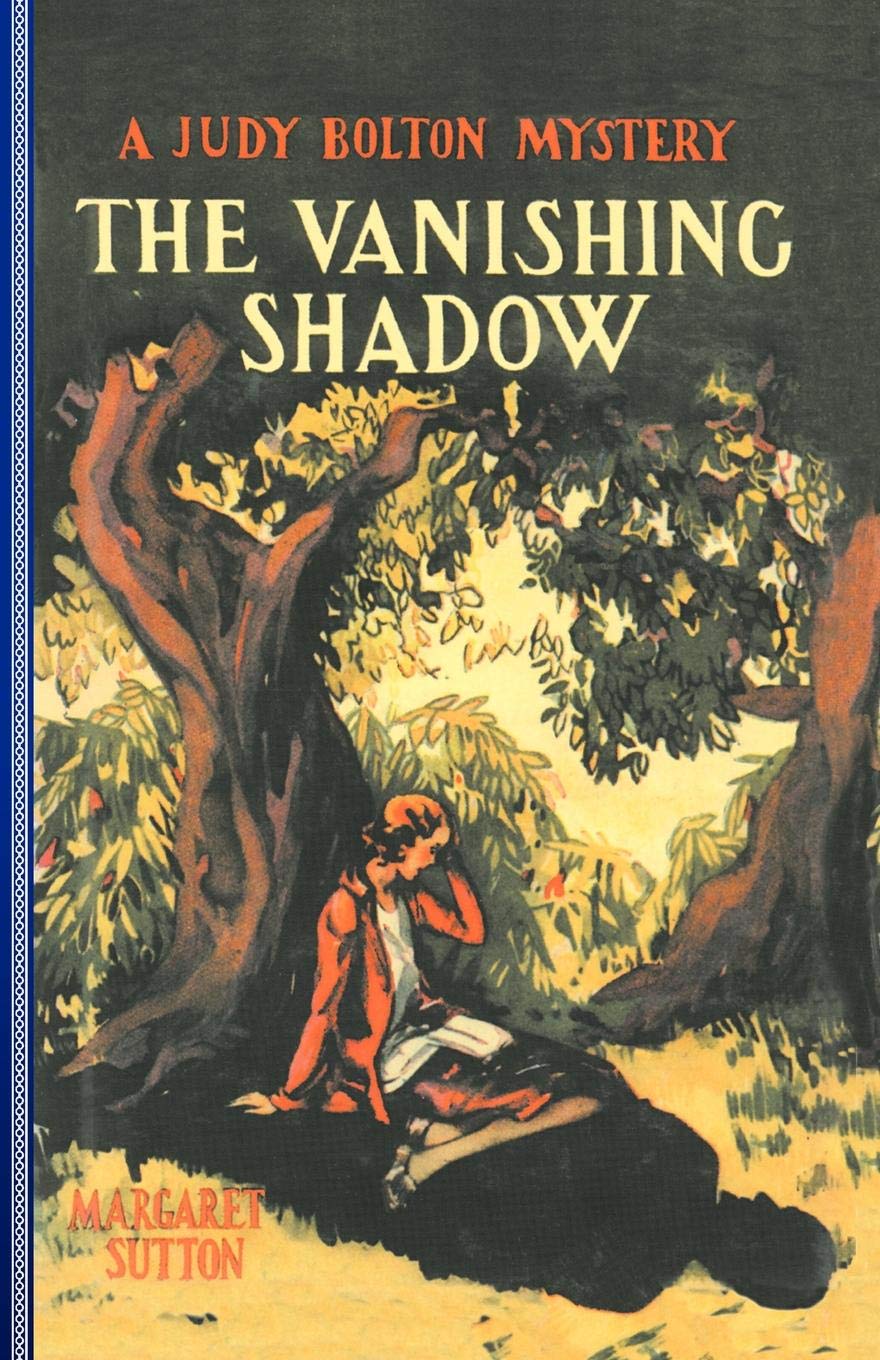
The Vanishing Shadow by Margaret Sutton
This was one of the ‘American’ books I received from my kindly relative. I became familiar with the brave and feisty Judy Bolton and would later discover that the series, all thirty-eight volumes, was the longest lasting juvenile series written by a single author. One of the appealing aspects of this series was that the character matured with me and through the lens of her eyes, I was able to visualise another world beyond my own leafy glade.
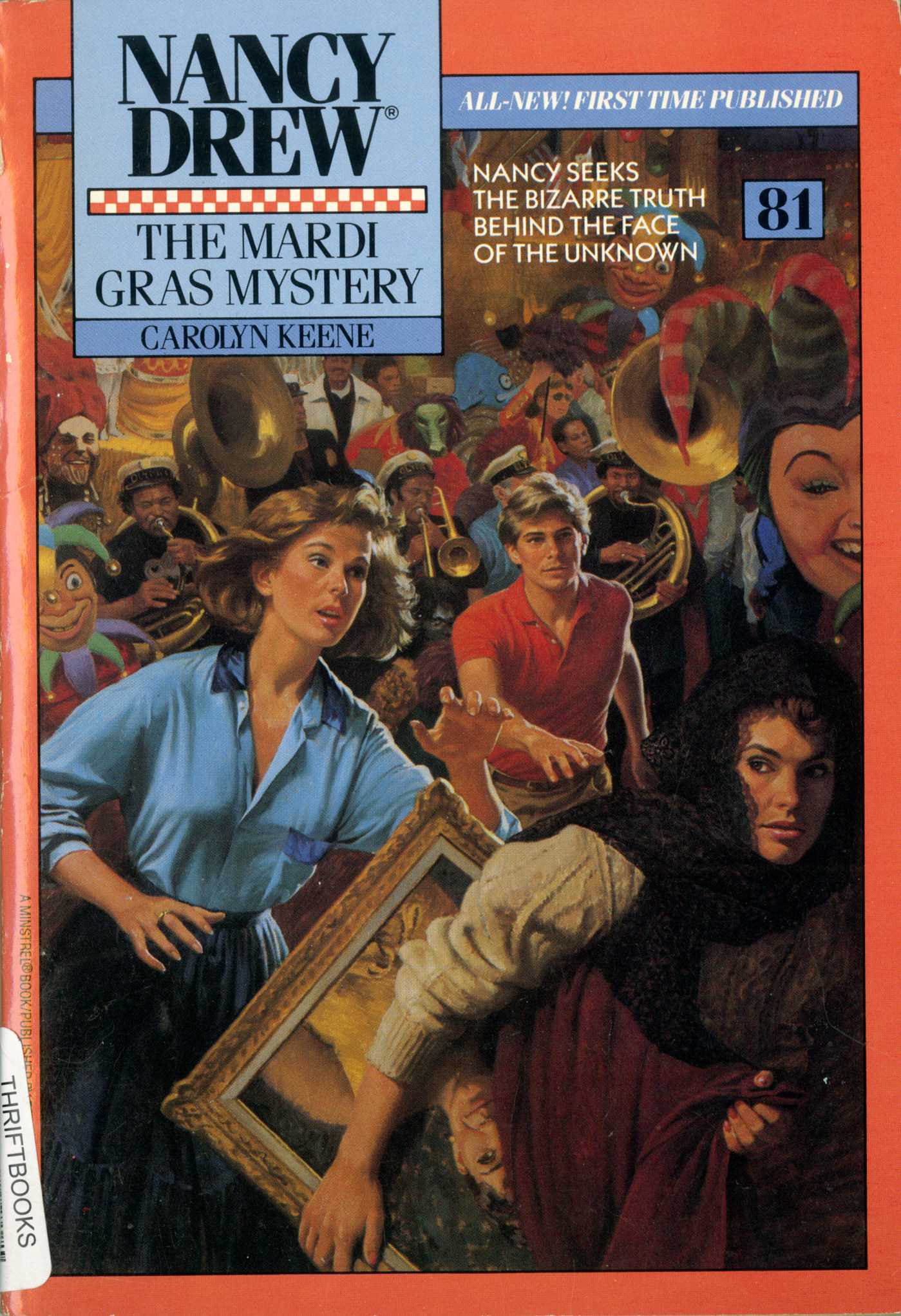
The Mardi Gras Mystery by Carolyn Keane
This book still shares space on my bookshelf. Somehow, it has escaped my necessary book cullings, and has been read by my daughters and granddaughters. Unlike Judie Bolton, the Nancy Drew series was written by several people over time under the Carolyn Keane penname. To my unspoiled Irish eyes, Nancy personified glamour. A sleuth who drove her own car, lazed around a swimming pool and had a steady boyfriend, she still had enough time to bring robbers and kidnappers to heel. She had a slick allure that was a stark contrast to Enid Blyton’s more innocent Secret Seven.
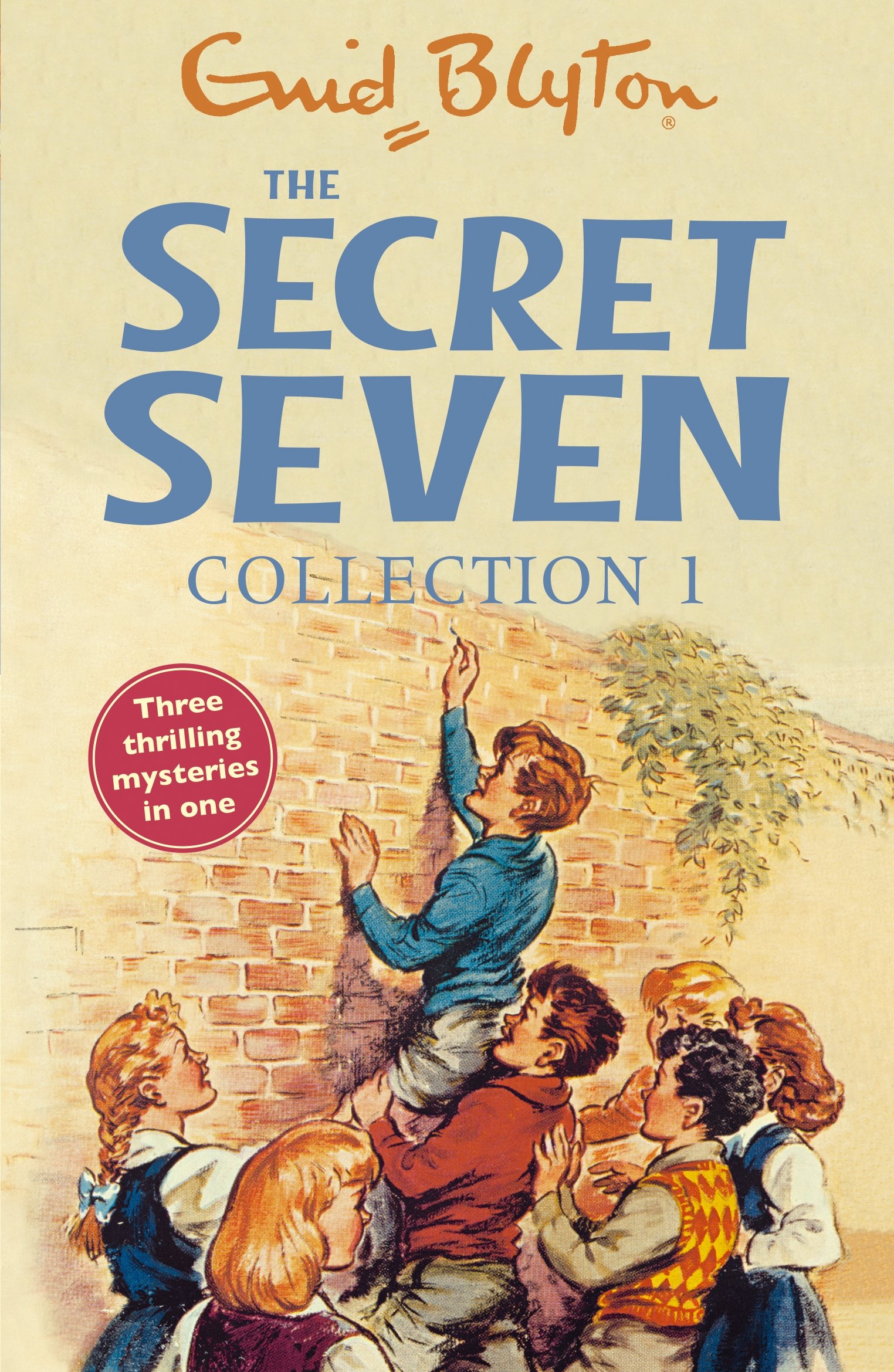
The Secret Seven by Enid Blyton
My bookshelf groaned under the weight of Enid Blyton books. Ginger beer and spooky old houses, passwords and disguises, I zipped my way through all fifteen of The Secret Seven series. This was a drop in the ocean compared to Blyton’s total headcount – which is believed to be in the region of over 762 books. In retrospect, much has been read into, and written about the language and content of Blyton’s work but all that has been found wanting sailed blissfully over my head as I followed the Secret Seven through their adventurous, crime-filled labyrinth.
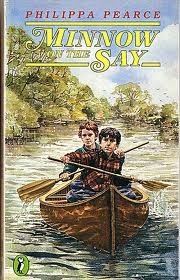 Minnow on the Say by Philippa Pearce
Minnow on the Say by Philippa Pearce
As a child, I read it for the excitement of the chase, the search, the gradual unwinding of a crime that must be solved by two young boys. As an adult, I read it in the dreamy sway of nostalgia, remembering wending rivers, afternoons made for dawdling, periwinkles and jam-jars, moon-silvered grass and a countryside that still seems mysteriously enchanting.
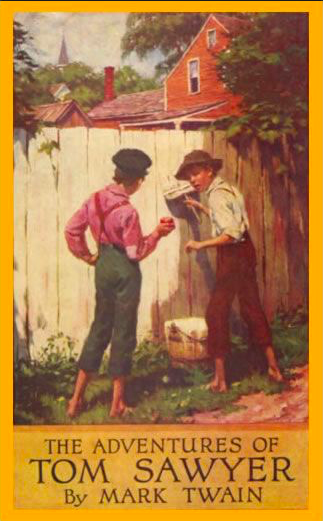
The Adventures of Tom Sawyer by Mark Twain
The great drum-beat roll of the Mississippi was a river with a difference – and was the perfect location for Tom Sawyer to live out his turbulent adventures with his friend, Huckleberry. I read about his pursuit of Injun Joe but was more intrigued by his relationship with Becky Thatcher…that kiss… the first time I had ever read such a description…it opened my eyes to other aspects of sleuthing that has escaped my attention until then.

Bill Bergson Master Detective by Astrid Lindgren
I met Pippa Longstocking first but soon discovered Astrid Lindgren’s famous master detective, Bill Bergson, (Kalle Blomkvist original Swedish name). Bill was fond of lying under trees and day dreaming, yet when danger stirred in his town he was instantly alert and ready for action. As I also favoured day-dreaming and lying under trees, I could identify with him but the character I really wanted to emulate was his detective companion, the brave and redoubtable Eva Lotta Lisander. Her name, it is claimed, inspired the name of the character, Lizbeth Salander, in Stieg Larsson’s Millennium Trilogy.
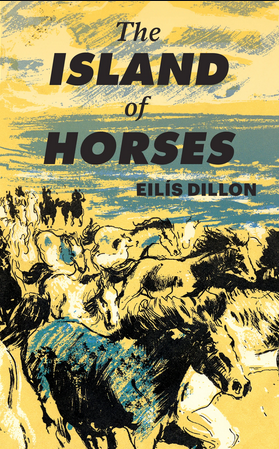
The Island of Horses by Eilis Dillon
Not all books led me across unfamiliar terrains. I could always recognise the world of the Irish writer, Eilis Dillion, whose books for children and young adults were set in familiar and rugged locations, especially along the magnificent coast line of Connemara. This was a story about a black colt and a conniving horse trader and proved to me that stories did not always have to be set among brash, modern American cities or sleepy English lanes.
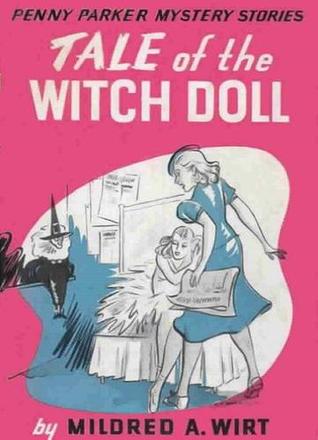
Tale of the Witch Doll by Mildred A. Wirt
Many years after reading the Penny Parker series, I would discover that Mildred A. Wirt was also the first author of Nancy Drew, writing under the pen name, Caroline Keene. Ten years after introducing her readers to Penny Parker and Tale of the Witch Doll, she wrote the first Nancy Drew ― but she claimed to prefer the character of Penny Parker. For me, the jury always remained out on that one. I was an avid reader rather than a discerning one.
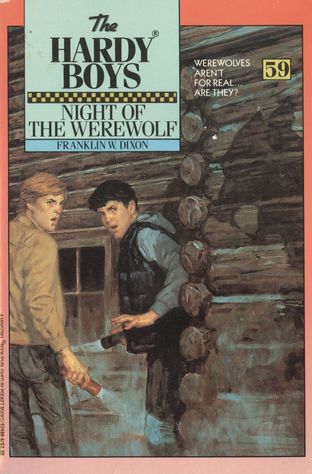
Night of the Werewolf by Franklin W. Dixon
This was my introduction to the Hardy brothers, Frank and Joe. A hair-raising mystery with horror undertones, I was hooked. The brothers made their debut in 1927 and have undergone many manifestations in the almost-century since then. Still selling strongly, the characters were originally created by the American writer Edward Stratemeyer. The series would later continue under the authorship of several ghost writers, all sharing the pen-name, Franklin W. Dixon, but Stratemeyer must have been one of the most prolific writers in the world, producing in excess of 1,300 books and selling in excess of 500 million copies.

















